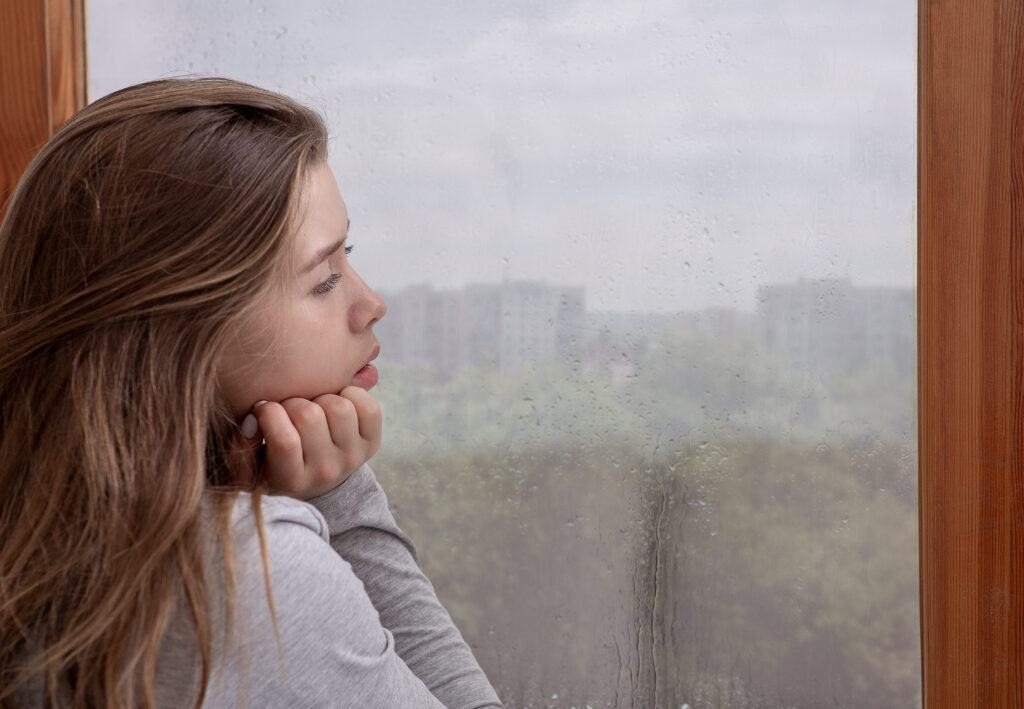Seasonal Affective Disorder (SAD) is a significant mental health concern, affecting numerous individuals globally. Characterized by recurrent depressive episodes during specific seasons, typically fall and winter, SAD can significantly impact one’s quality of life. Recognizing, understanding, and seeking proper treatment for seasonal affective disorder is essential for managing its symptoms and improving overall well-being.
What is Seasonal Affective Disorder?
Seasonal affective disorder is a form of depression that follows a seasonal pattern. Unlike other depressive disorders, SAD is unique in its clear link to seasonal variations in sunlight. The most common time for SAD symptoms to occur is during the fall and winter months when daylight hours are shorter. However, a less common form of SAD occurs during the spring and summer months. Symptoms of SAD are similar to those of major depression, including persistent low mood, loss of interest in activities, fatigue, and changes in sleep and appetite.
Causes and Risk Factors
The exact cause of SAD remains unknown, but it’s believed to be linked to the reduction in sunlight during shorter winter days. This decrease in sunlight may disrupt your body’s internal clock, leading to feelings of depression. Additionally, the change in season can influence the balance of the body’s melatonin and serotonin levels, both of which play a role in sleep patterns and mood. Factors that may increase the risk of developing SAD include living far from the equator, having a family history of depression or bipolar disorder, or having another form of depression or bipolar disorder yourself.

Impact of SAD on Daily Life
The impact of SAD extends beyond the individual, affecting family, work, and social life. Those suffering from SAD may struggle with day-to-day activities, facing challenges in maintaining relationships and meeting responsibilities at work. The condition can also lead to social withdrawal, decreased physical activity, and increased susceptibility to other health issues, such as immune system problems.
Diagnosis and Treatment Options
Diagnosing seasonal affective disorder can be complex, as its symptoms overlap with other types of depression. However, if depressive episodes occur at the same time each year and then improve, SAD is likely the cause. Treatment for SAD includes light therapy, which involves sitting in front of a bright light that mimics natural outdoor light. Medications such as antidepressants may be prescribed, and psychotherapy, especially cognitive-behavioral therapy (CBT), is effective in treating SAD. CBT helps individuals identify and change negative thought patterns and behaviors that may be contributing to their depression.
Self-Help Strategies and Lifestyle Changes
Alongside medical treatments, lifestyle changes can play a crucial role in managing SAD. Regular exposure to sunlight, even on cloudy days, can help. Outdoor activities during daylight, especially in the morning, can be a beneficial tool. Inside the home or workplace, sitting near windows or in brightly lit areas can help alleviate symptoms. Additionally, regular exercise, maintaining a healthy diet, and ensuring adequate sleep are essential for managing SAD.
When to Seek Professional Help
It’s important to recognize when symptoms of SAD require professional attention. If symptoms are causing significant distress or impairing one’s ability to function, it’s time to seek help. Early intervention can lead to more effective management of SAD. Mental health professionals can provide a thorough assessment and create a personalized treatment plan.
Bright Harbor Healthcare’s Approach to Treating SAD
At Bright Harbor Healthcare, we offer a comprehensive approach to treating seasonal affective disorder. Our team of professionals is experienced in diagnosing and treating SAD, using a combination of therapies tailored to each individual’s needs. We understand the importance of a supportive environment in the treatment process and strive to provide our patients with the tools they need to manage their symptoms and improve their quality of life.

What Are You Waiting For?
If you’re experiencing symptoms of seasonal affective disorder, don’t hesitate to reach out for help. Bright Harbor Healthcare offers a supportive and understanding environment where you can find the care you need. Contact us today to learn more about our services and begin your journey to better mental health.
SAD is a type of depression that's related to changes in seasons, typically starting in fall and continuing into winter.
Symptoms include low energy, loss of interest in usual activities, changes in sleep or appetite, and feeling moody or hopeless.
Individuals living far from the equator, with a family history of depression, or existing mood disorders are at higher risk.
Yes, though less common, some people experience SAD during the spring or early summer.
Yes, SAD can be treated effectively with light therapy, medication, psychotherapy, and lifestyle changes.
Light therapy involves exposure to a special light box that mimics natural sunlight, used to treat SAD.
Yes, regular exercise, a balanced diet, and maintaining a regular sleep schedule can help alleviate symptoms.
If SAD symptoms are significantly impacting daily life, it's important to seek professional help.
We offer counseling, medication management, and personalized treatment plans for SAD.
Visit our contact page for more information on how to reach us for support.

